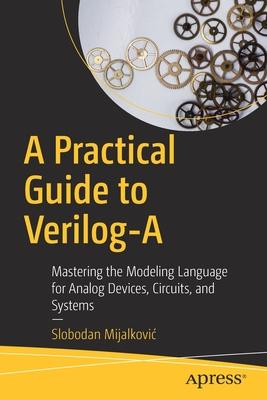With the introduction of language extensions to support compact device modeling, the Verilog-A has become today de facto standard language in the electronics industry for coding compact models of active and passive semiconductor devices. You'll gain an in depth look at how analog circuit simulators work, solving system equations, modeling of components from other physical domains, and modeling the same physical circuits and systems at various levels of detail and at different levels of abstraction. All industry standard compact models released by Si2 Compact Model Coalition (CMC) as well as compact models of emerging nano-electronics devices released by New Era Electronic Devices and Systems (NEEDS) initiative are coded in Verilog-A. This book prepares you for the current trends in the neuromorphic computing, hardware customization for artificial intelligence applications as well as circuit design for internet of things (IOT) will only increase the need for analog simulation modeling and make Verilog-A even more important as a multi-domain component-oriented modeling language.
Let A Practical Guide to Verilog-A be the initial step in learning the extended mixed-signal Verilog-AMS hardware description language.
What You'll Learn
- Review the hardware description and modeling language Verilog-A in its most recent standard formulation.
- Code new compact models of active and passive semiconductor devices as well as new models for emerging circuit components from different physical disciplines.
- Extend the application of SPICE-like circuit simulators to non-electronics field (neuromorphic, thermal, mechanical, etc systems).
- Apply the initial steps towards the extended mixed-signal Verilog-AMS hardware description language.
Electronic circuit designers and SPICE simulation model developers in academia and industry. Developers of electronic design automation (EDA) tools. Engineers, scientists and students of various disciplines using SPICE-like simulators for research and development.
